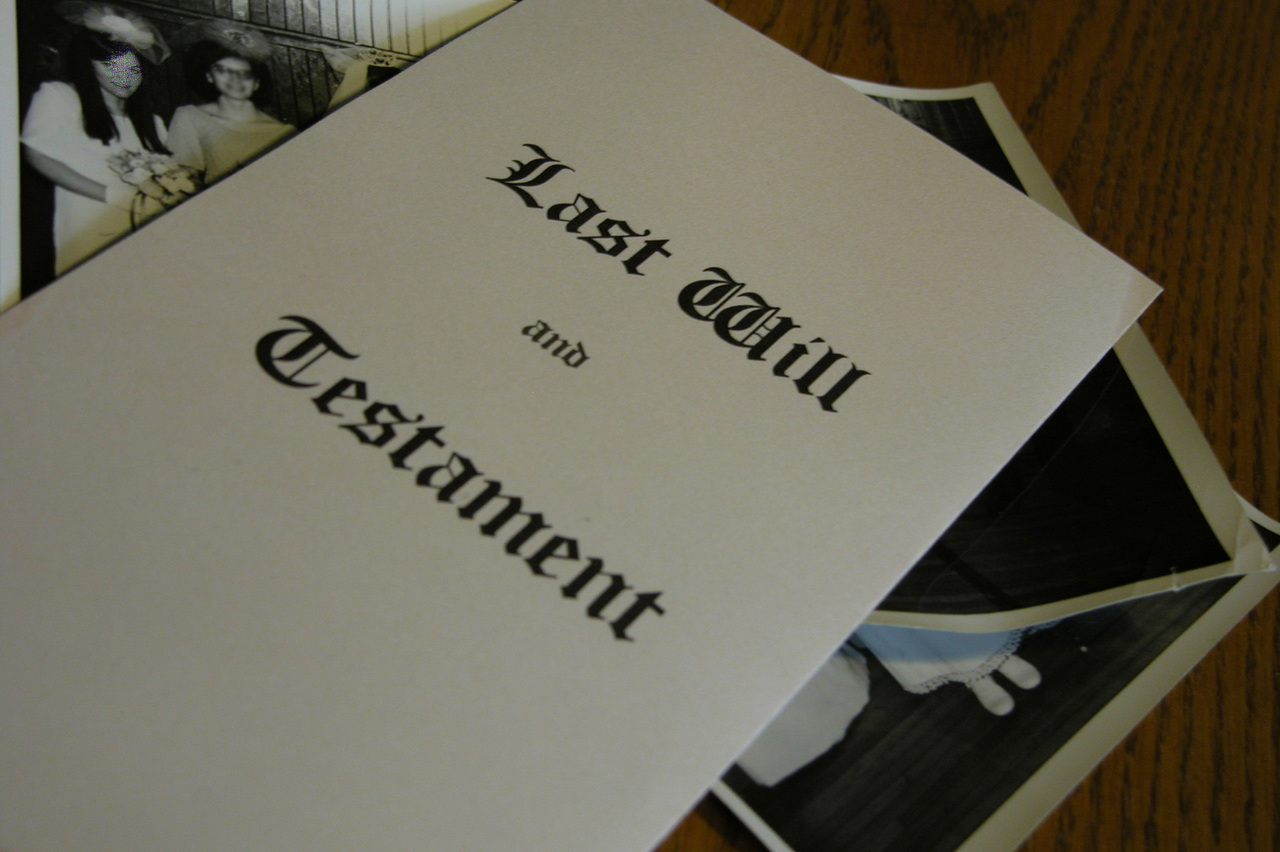
One item you might find yourself on the receiving end of is your deceased loved one’s individual retirement arrangement (IRA) account. As more and more people accumulate assets in IRAs, this will likely become a more common situation over time.
The rules, regulations, stipulations, and requirements of receiving and managing an Inherited IRA — aka Beneficiary IRA — are numerous and complicated. A small degree of mismanagement could result in unnecessary taxes and tax penalties.
Basics to help you navigate your Inherited IRA
1. Spouse or not?
If you receive an IRA from your spouse, your options are much more flexible than if you receive an IRA from a non-spouse.
2. How old was the deceased?
The age at which the original IRA owner dies plays a role in determining available options. The age of IRA demarcation is 70.5, which is the age at which the original owner would have been subject to required minimum distributions (RMDs).
3. The “default” option.
No matter your relationship to the deceased or their age, one option that always exists is to have their IRA distributed to you in cash. The major downside to this approach is the huge tax bill you’ll be faced with the following April.
Distributions from IRAs due to death avoid the 10% premature distribution penalty tax, regardless of your or the original owner’s age, but the amount you add to your regular taxable income could be quite substantial. Plus, you lose tax-deferred growth treatment on that money going forward.
Other options as a spouse
As a spouse beneficiary, you have two additional options instead of taking a lump sum:
1. Roll it over to your own IRA.
As a spouse, you have the option of rolling your deceased spouse’s IRA into your own IRA account. The entire account is treated as if it were always your own IRA. This is unique to spouse beneficiaries.
2. Retitle to a Beneficiary IRA.
If your deceased spouse was under 70.5, you would begin required minimum distributions from the Beneficiary IRA in the year following your spouse’s death or at the time your spouse would have turned 70.5, whichever is later.
If your deceased spouse had already begun her or his own RMDs, you are required to take RMDs from the account, based on your life expectancy, by the last day of the year following your spouse’s death. You will also need to take an RMD for your deceased spouse in the year of her or his death if she or he hadn’t already done so.
Other options as a non-spouse
As a non-spouse beneficiary, you also have a couple of options to consider in addition to a lump-sum distribution:
1. The five-year rule.
If the original owner had not begun her or his own RMDs, you have the option of waiting up to five years after the original owner’s death to take distributions from the Beneficiary IRA as a non-spouse beneficiary. However, at the end of the five-year period, the entire account must be distributed.
2. Take RMDs from the account.
Regardless of whether the original owner had begun RMDs or not, the other option for a non-spouse beneficiary is to begin taking annual distributions. These are based on your life expectancy, and you must start them by the last day of the year following the original owner’s death. You will also need to take an RMD for the original owner in the year of her or his death if she or he were required to but had not done so already.
With so many options, it’s no wonder many who inherit IRAs turn to their financial planners for advice. And because they receive these funds at difficult times, it’s often comforting for beneficiaries to have someone to rely on. With a little help from a financial planner, those who receive Inherited IRAs from loved ones can make the most of them.
